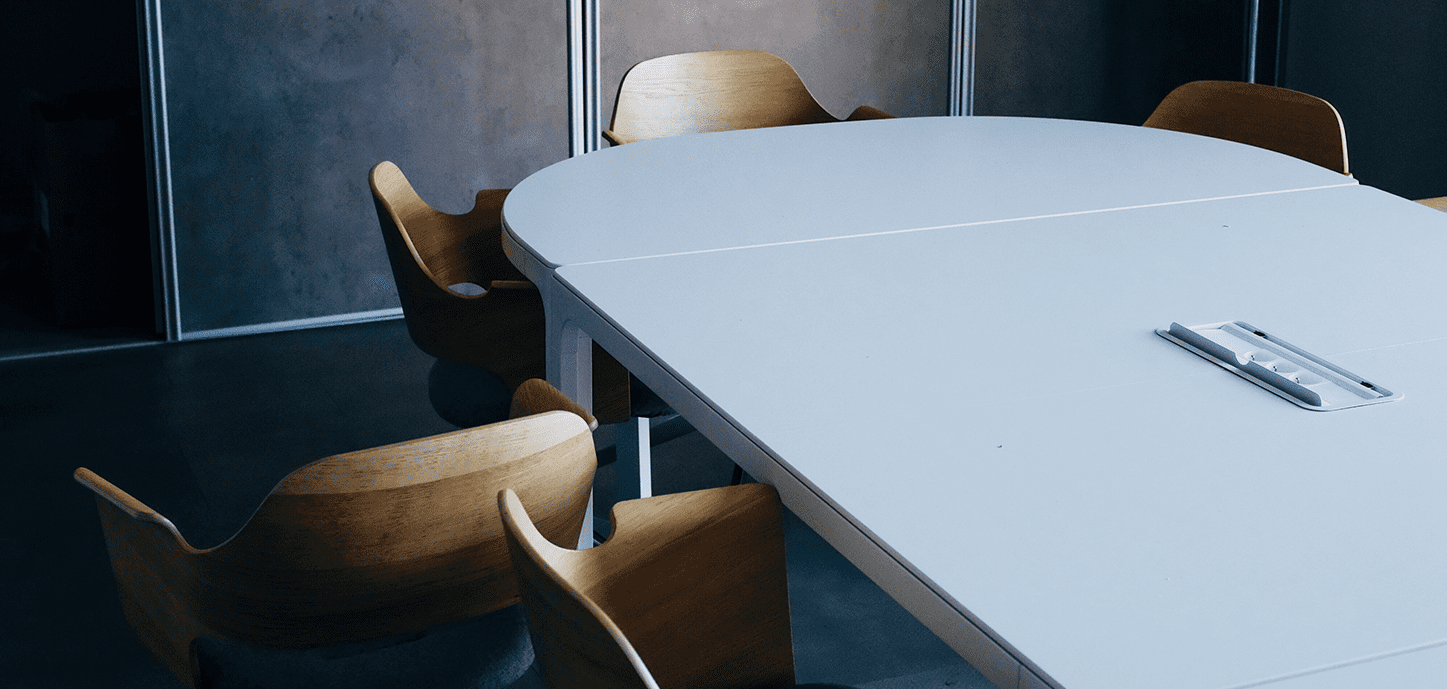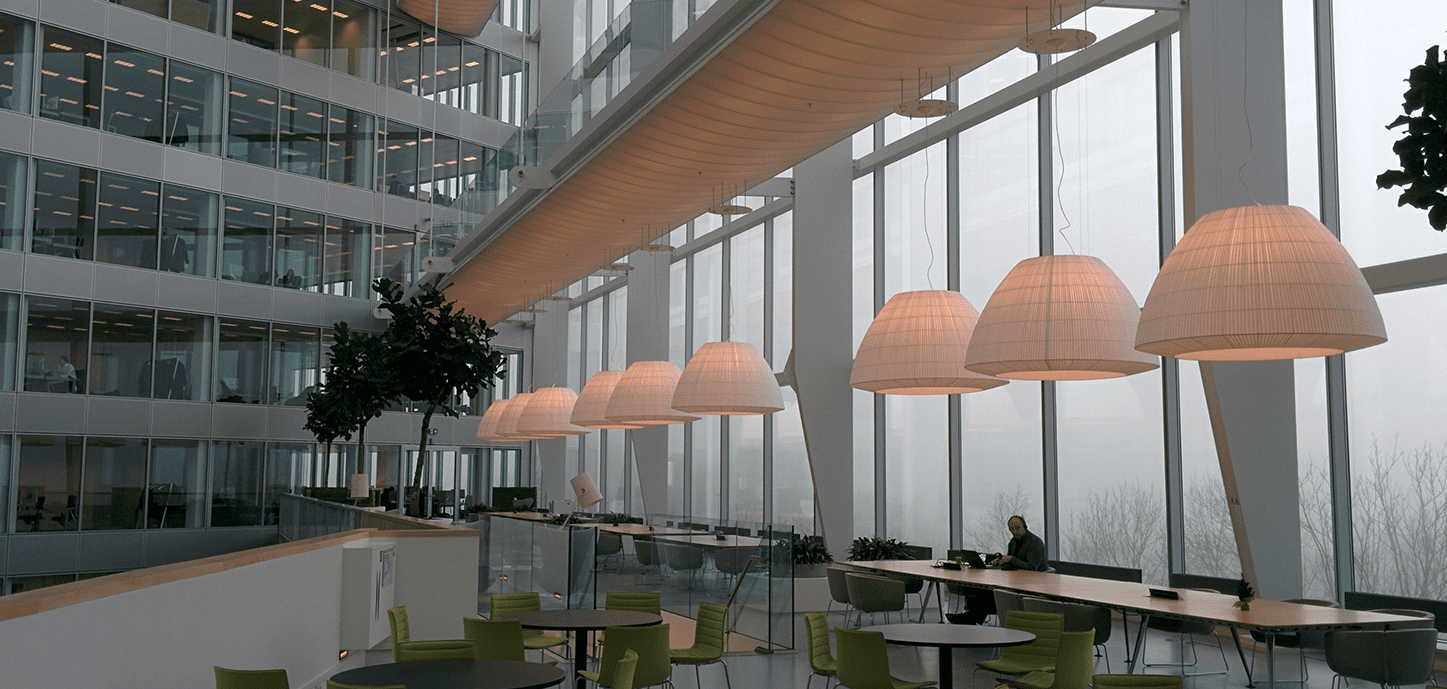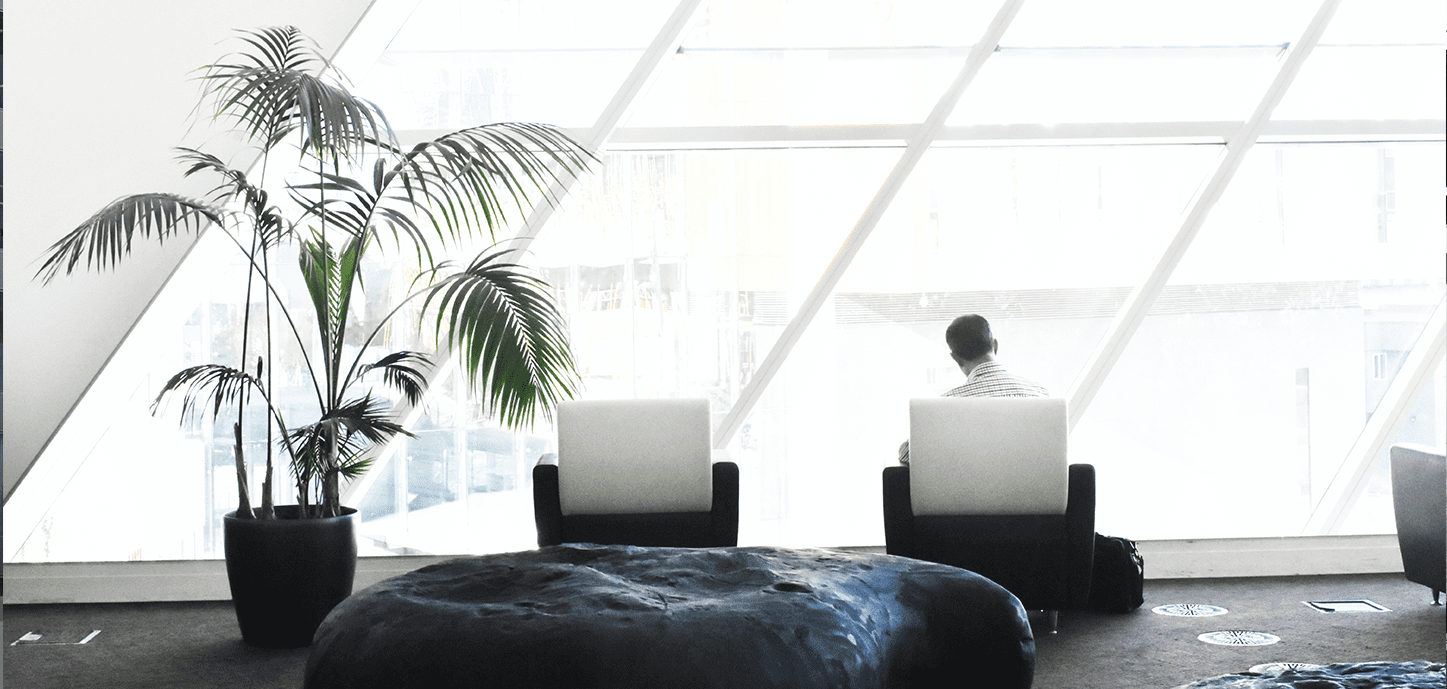Contemporary Trends in Workspace Design
As the world adapts to new working norms and embraces the hybrid model, the significance of an inspiring and functional workspace cannot be overstated.

The success of a company depends almost entirely on the overall success of its employees. The success of these in turn can be traced back to the productivity of the employees, which thus becomes a key factor in a company. The determining element here is conducive workspaces because the workspace sometimes means the motivation for employees to be productive. Most employees spend the majority of their time at work, making their business workspaces their second homes. And where should they be comfortable, if not at home?
So, the success of employees, and therefore their productivity, is related to the employee experience. The question that now arises is this:
Why does the future of work go hand in hand with employee experience?
HR leaders and executives around the world are suddenly not just focusing on customer experience, but are intentionally putting their focus on employee experience. Employee Experience encompasses everything, from finding a vacant position within the company, to the application process, to termination. In the past, few employers might have cared, but times have changed. Today, the focus is on engagement, empowerment, modern technology, and an aesthetically pleasing workplace. Organizations used to assume they could create a place where employees needed to work. Today, organizations must create workplaces where employees want to work. Power has suddenly moved into the hands of employees.
We live in a world where salary is no longer the primary motivator for employees, making a focus on the employee experience a key competitive advantage over other companies.
How the physical environment affects the employee experience
Along with culture and technology, the physical workspace is arguably one of the most crucial factors in employee experience. The physical environment is the part of work that we can see, touch, taste, and smell. You can easily test the employee experience in your workplace for yourself by briefly imagining yourself in your physical workspace, and then seeing how it makes you feel. You may feel energized and driven, or you may feel more depressed and cramped. The important thing to remember is that office spaces are not dying out with home offices and remote work. Rather, they're making a comeback, just in a new form that's now focused on people.
Companies should invest in creating physical spaces, so their employees enjoy coming to work. Employee well-being correlates with productivity and employee performance, and even a small reduction in well-being can have a drastic impact on work performance itself. This assumption is confirmed by numerous reports and studies, such as Gensler's Workplace Index, The Leesman Index and others that examine the relationship between physical space and productivity, as well as employee satisfaction.
Focus on multiple ways of working
There are four key areas, in terms of workspaces, that need to be available to employees: Focus, Collaboration, Learning, and Socializing. This is not just about tearing down cubicles and providing large, open spaces, but rather about allowing employees to work in many different ways.
An office that looks to the future and approaches it with confidence doesn't just have one floor plan. It has open environments, cubicles for focused solo work, collaborative innovation hubs, conference rooms, small meeting rooms and so on. Thus, companies should move towards integrating multiple floor plans into the concept of the workplace.
Space and culture
The investments a company makes in space should reflect the values and culture of the organization. It's a major faux-pas to simply throw some hip beanbags in a corner and slap some modern art on the walls. Design choices are strategic investments. For example, Pandora, an Internet radio streaming company, displays art in its offices that reflects the organization's passion for music.
Watch your employees
Sensors on desks that figure out how often they're used? Do you have desks all over the place, but then find out that your employees actually tend to spend more time in conference rooms, seek quieter places, or even work from the cafeteria? This example just screams for a new direction in your workspace concept. Either way, though, find out how and where your employees prefer to work. This doesn't have to happen via sensors, just approach your employees and ask them what they value and what is important to them. This way, conclusions can be drawn about which areas to invest in.
Constant updating and development
A company should treat its physical space like software, constantly evaluating, updating, and evolving. View the design of the physical workplace as an experiment, in which new office layouts and environments can be tested whenever necessary.

But how exactly is the workspace related to employee success?
Sounds almost out of a storybook, but an office space can actually be developed to improve employee performance.
- Improving efficiency through organization: studies show that the key to productivity is being and working in an organized manner. Employees save time when they work in an organized environment. In doing so, a clutter-free environment can increase focus and efficiency, impacting productivity by up to 13.5%.
- Better health through design: Employee well-being, satisfaction, and productivity are strongly influenced by the design of the office. A work environment should be both comfortable and healthy. If employees spend most of their time indoors, factors such as fresh air, natural light, and appropriate temperature should be considered.
- Light as an energy booster: Employees don't want to work in a sterile environment that is more reminiscent of a hospital than a workplace. Workers want natural light and outdoor views, which can be provided by light wells and large windows. Mirrors and bright walls can enhance the effects of lighting.
- Successful design means flexibility: Successful office design is demonstrated by providing flexible workspaces that are suitable for different work styles and tasks. Depending on the work to be done, preference is given to quiet spaces, where work can be done efficiently without interference from other employees, or places that are suitable for collaborative work. A company should ensure that its employees can change their work location at any time to find an environment where they can best complete their job. This should include spaces of relaxation where employees can recharge their batteries, and then continue to work productively and efficiently.
- Collaboration and innovation: An open office floor can encourage the coming together of different ideas, from different teams and points of view, leading to innovation and originality. Design your office so that employees can find space to come together, open up, and share ideas.
- Visitor Spaces and Productivity: Designing workspaces with employees in mind is important, but also think of your company as an interaction bubble. Today's offices should allow relationships to be built, whether between colleagues, contractors, or freelancers. The workplace should encourage people to become more agile and engaged.
- Color as a mood enhancer: Color can change mood and trigger different reactions in the human body. If the color choice falls on natural tones such as green, blue, and earth tones, the efficiency and focus of employees can be increased. In this regard, the warmer the colors, the more likely they are to encourage innovative thinking and creativity. Reflect on what work is being done in each space to decide on an appropriate color scheme.

The average person spends a third of their life at work. Work-life balance is no longer just a nice little extra, but a KPI for the success of the company. Employees want to feel that their company cares about their mental and physical health. In this regard, workplace factors that affect an employee's well-being also correspond to the bottom line. Unhealthy employees cost the company more money because a lack of well-being drives up health care costs, leads to more sick days, and consequently, lost productivity, which is then reflected in the company's performance. Happy employees are productive and successful employees. Yet the work environment is not only important for employees who already work for the company. Generation Z talents only find a company attractive if it is collaborative, flexible, and promotes the well-being of its employees.
It is obvious that the work environment is critical to the success of the employees, and therefore to the future success of the company. Designing the workspace is not a waste of money, but part of the strategy to make your company more successful.
What is your company doing to improve the employee experience?
